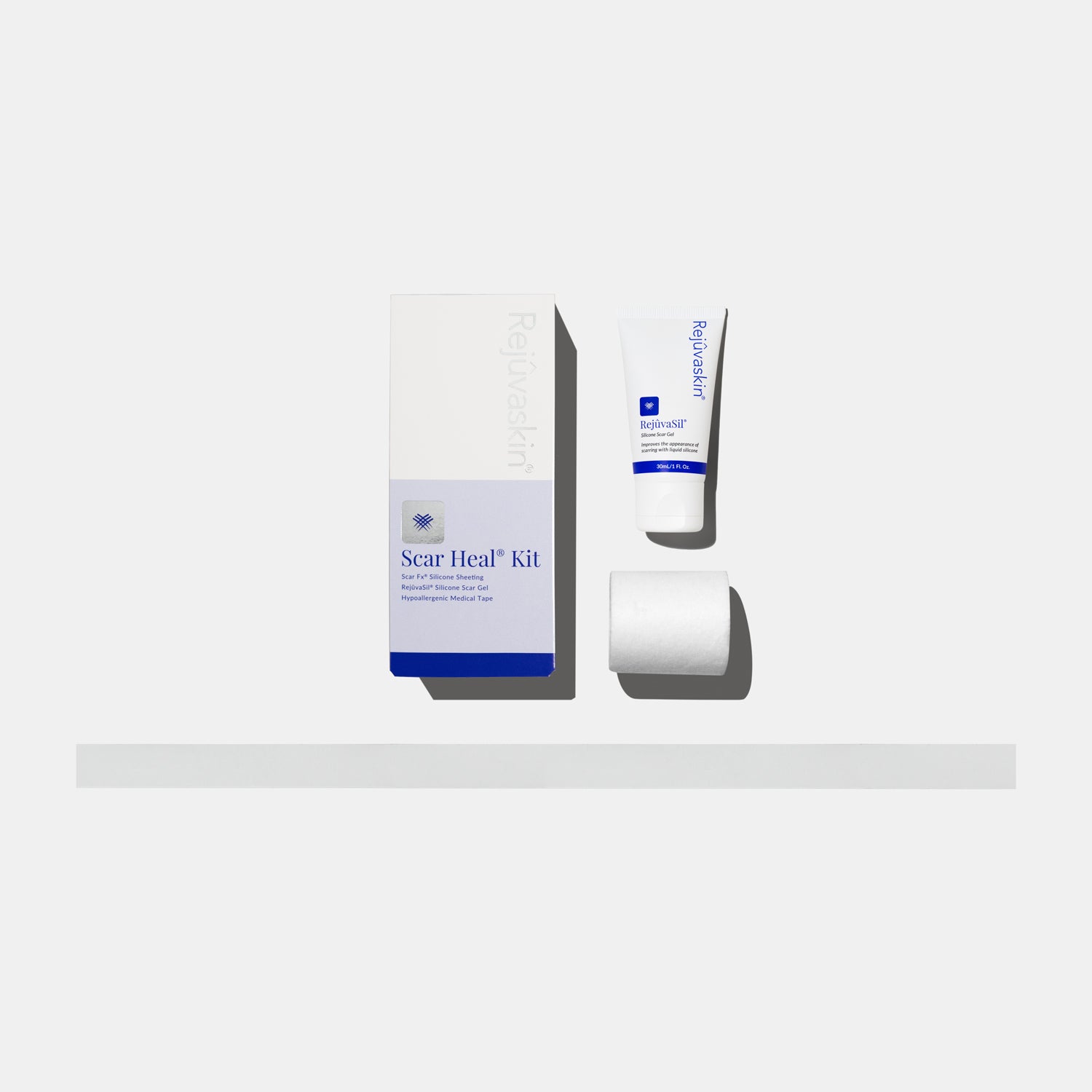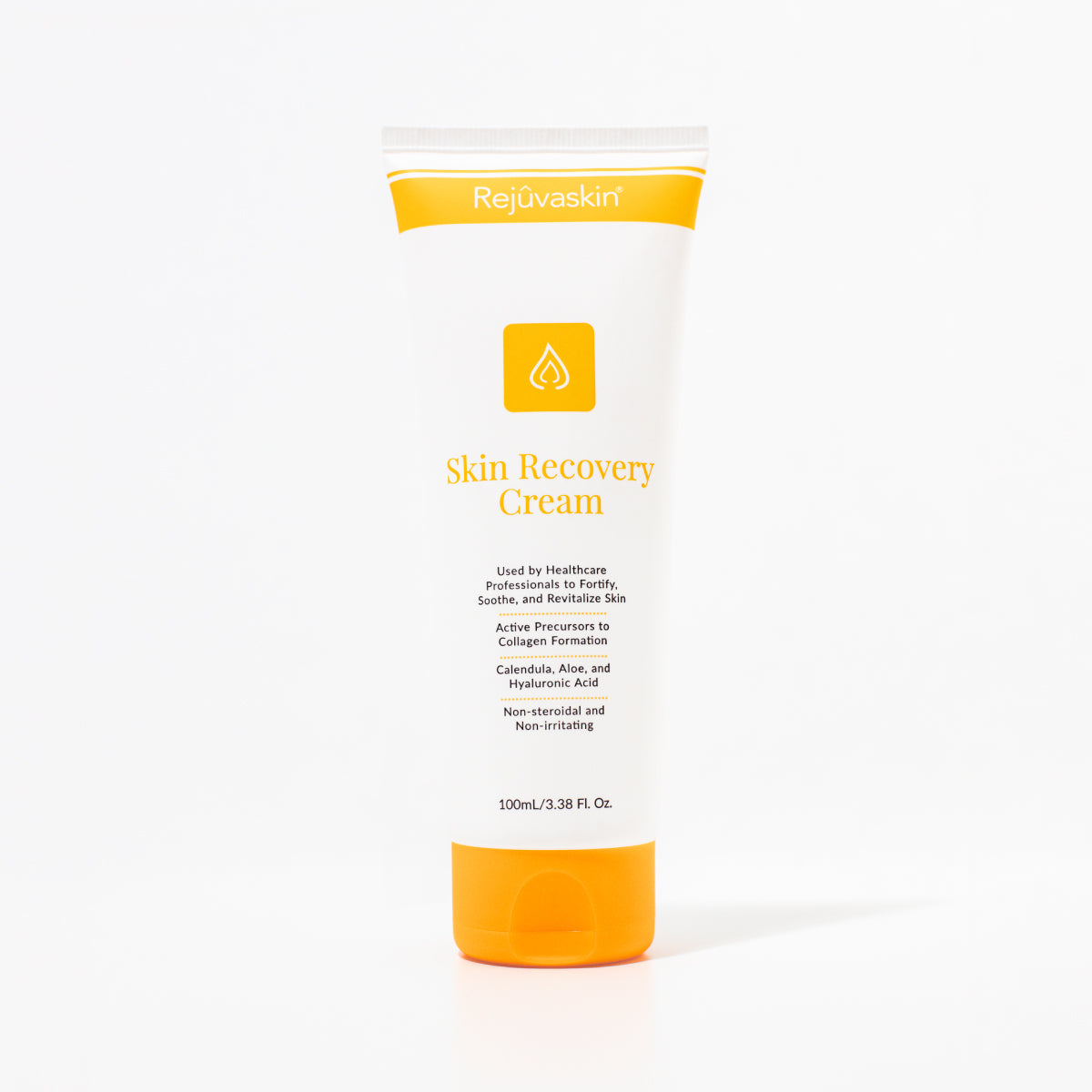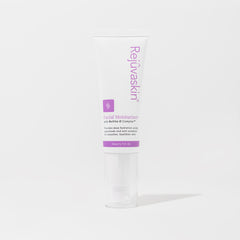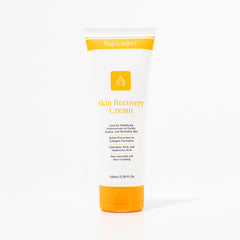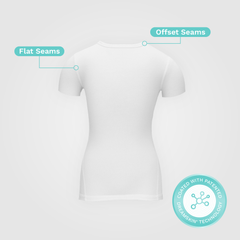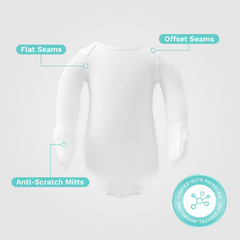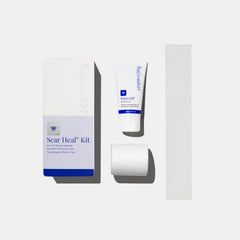Spring brings blooming flowers, longer days—and a shift in your skincare needs. If you're a retinol lover, this season of renewal may require a refresh in how you use this powerful ingredient. At Rejuvaskin, we’re all about helping your skin thrive, safely and effectively, in every season. Here’s what you need to know about using retinol in spring—based on science, not trends.
Why Retinol Needs Extra Attention in Spring
1. Increased UV Exposure = Increased Sensitivity
As sunlight intensifies during spring, so does your skin's sensitivity. Retinol accelerates cell turnover, revealing fresh new skin—great for glow, but not for UV protection. This means your skin becomes more vulnerable to sunburn and photoaging if not properly shielded.
Scientific research shows that UV radiation peaks in spring and summer months, raising the risk of sunburn, especially for those with fair to medium skin types (Wright et al., 2011). This is particularly important for retinol users whose skin may already be slightly compromised.
2. Your Skin Barrier May Still Be in Recovery Mode
Winter often leaves skin dry, flaky, and compromised. When spring arrives, your skin barrier might not yet be fully restored, which can make it more reactive to active ingredients like retinol.
A study showed that skin tends to be more irritable and loses more moisture during seasonal transitions, especially from winter to spring (Agner & Serup, 1989). This highlights the importance of strengthening your barrier before or while using retinol.
Spring Skincare Tips for Retinol Users
1. Always, Always Wear SPF (Yes, Even on Cloudy Days)
A broad-spectrum SPF 30 or higher is non-negotiable when using retinol—especially in spring. UV rays are stronger this time of year, even when the skies are overcast. Sunscreen helps prevent UV-induced irritation and protects your skin so that retinol can do its job effectively.
2. Adjust Your Retinol Routine
You don’t have to stop using retinol in spring, but it’s smart to tweak your routine. Consider reducing frequency to every other night or switching to a lower concentration if your skin shows signs of stress. This ensures you're getting the glow without the irritation.
3. Boost Hydration & Barrier Support
Spring is the time to nourish and repair. Use moisturizers and serums that contain soothing, barrier-repairing ingredients like hyaluronic acid, ceramides, or peptides. At Rejuvaskin, our formulas are designed to balance powerful actives with skin-calming components—so your skin stays strong, not stripped.
4. Watch for Signs of Overexposure
Redness, flaking, or a burning sensation? These may be signs your skin is overstimulated. If that happens, take a short break from retinol and reintroduce it slowly. Your long-term skin health and barrier function are more important than pushing through irritation.
Why Rejuvaskin Retinol Is Spring-Safe
Our retinol-based products are thoughtfully developed with barrier protection in mind. Unlike harsher alternatives, Rejuvaskin’s formulations are enriched with skin-repairing ingredients that make them ideal for seasonal transitions. Whether you're dealing with winter damage or spring sensitivity, we’re here to make retinol work for your skin—not against it.
Backed by Science
-
Seasonal skin sensitivity peaks in spring due to UV exposure and barrier weakness (Hellier, 1969)
-
UV radiation is highest during spring and summer, raising sunburn risk for retinol users (Wright et al., 2011)
-
Skin barrier function is reduced in colder months and may still be impaired in spring (Agner & Serup, 1989)
Final Thoughts
Retinol is a skincare superstar—but like all great things, it requires mindfulness. With increased UV exposure and barrier vulnerability in spring, it’s critical to adapt your retinol routine. Use the right products, protect your skin, and let spring be the season your glow shines through.
